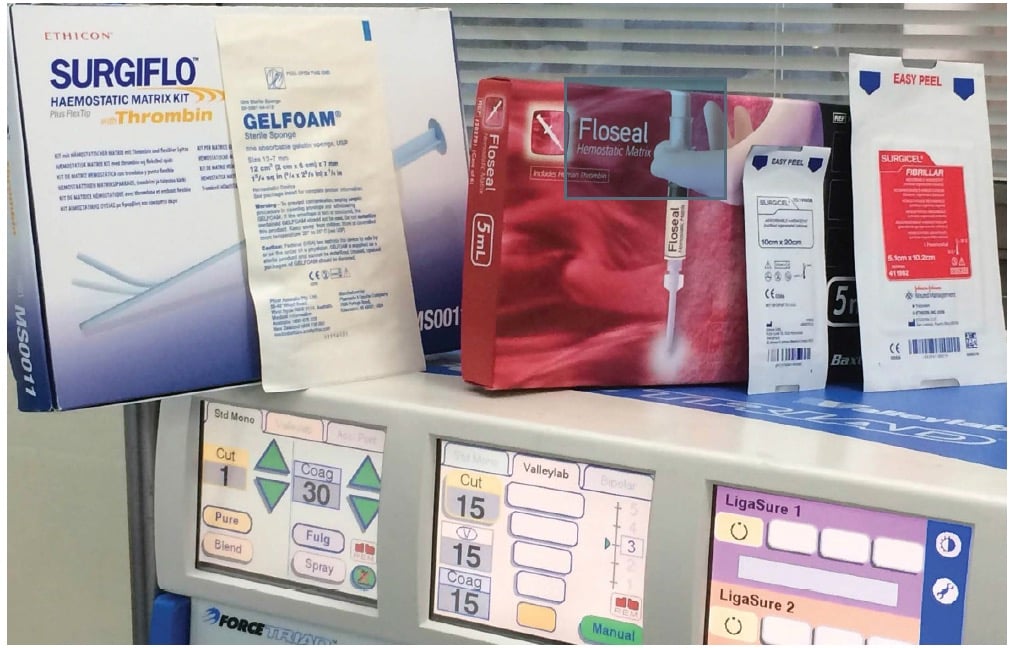Welcome to
On Feet Nation
Members
-
khari zaffar Online
-
-
Digital_Zone Online
Blog Posts
gift cards
Posted by Jack Miller on February 24, 2025 at 12:25pm 0 Comments 0 Likes
new one 44
Posted by Jerold Galarza on February 24, 2025 at 12:11pm 0 Comments 0 Likes
Top Reasons to Hire Expert Epoxy Floor Coating Contractors in Melbourne
Posted by VIKRAM KUMAR on February 24, 2025 at 12:08pm 0 Comments 0 Likes
For a practical and long lasting work environment warehouses require high performance flooring that can endure heavy footfall, large machinery and continuous use. Aside from beautiful appearances, epoxy flooring is highly durable and resistant to many harsh chemical substances. So, hiring the expertise of Warehouse epoxy flooring contractors in Melbourne is very significant for business in Melbourne to make sure it is installed in the right and perfect way and will last longer.
Epoxy…
ContinueWhy Commercial Office Epoxy Flooring in Melbourne is a Game Changer
Posted by VIKRAM KUMAR on February 24, 2025 at 11:53am 0 Comments 0 Likes
Flooring plays an integral part when designing or upgrading commercial spaces. With these characteristics and benefits, many businesses have adopted commercial office epoxy flooring Melbourne for their offices. Regardless of the type of commercial space it is, whether an office, retail, or a showroom epoxy floor Melbourne, this kind of flooring has always been a winner. Let’s take a closer look at what is behind the meteoric rise of epoxy flooring, and how it can enhance your…
ContinueTop Content
Hemostatic, Tissue-Adhesive Colloidal Wound Dressing Functionalized
Topical hemostatic agents have been widely used to stop intra-/postoperative bleeding from wounds and resected tissue surfaces. However, hemostatic agents that can accelerate blood coagulation and promote wound healing have not been established because of their poor tissue adhesiveness under wet conditions. Here, we report a colloidal wound dressing of hemostatic and tissue-adhesive hydrophobized microparticles (hMPs) functionalized by UV irradiation. hMPs were prepared by adding ethanol to hydrophobically modified Alaska pollock gelatin and applying the thermal cross-linking method. The hMPs were then subjected to simple UV irradiation to introduce hydrophilic groups. The UV-irradiated hMPs improved water/blood absorption and exerted hemostatic property in a rat model of liver injury. On the other hand, the hMPs maintained tissue adhesiveness even after UV irradiation owing to the cohesion force generated by hydrophobic interactions between the hMPs. Moreover, the hMPs did not show undesirable adhesion to other tissues after swelling. This colloidal wound dressing can be used to promote tissue regeneration in intra-/postoperative wounds through hemostasis and protection from postoperative adhesion.To get more news about combat gauze, you can visit rusuntacmed.com official website.

Polymeric materials processed in the form of cryogels can be obtained by various strategies. Physical and chemical cross-links have been explored in the literature with significant success in finely tuning network parameters and properties [28]. In this context, we hypothesized that stable networks can be obtained by combining dialdehyde pullulan and dopamine, aiming to create a material suitable for dressing in the management of bleeding wounds. Such hydrogels pose many benefits associated with them, including the fact that the raw materials are cost-effective, nontoxic and harmless, and the preparation process is straightforward.
In this study, dopamine was not immobilized on the polysaccharide through carbodiimide chemistry (leading to an amide bond) or by reduction of the imine bond to a secondary amine with NaBH4. Instead, the Schiff base bond was successfully used, since the reaction occurs readily.
The designed reaction pathway is depicted in Figure 1. First, pullulan was selectively oxidized in the presence of sodium periodate. The reaction resulted in the formation of two new aldehyde groups at the C2 and C3 atoms of the anhydroglucose ring, simultaneously with the break of the C–C bond between these atoms. The oxidized derivative was freeze-dried as the control sample PO and further used to make dialdehyde pullulan–dopamine cryogels. Subsequently, two methods were employed to test the most reliable way for obtaining dialdehyde pullulan–dopamine cryogels. These methods were both based on the chemical interaction between the aldehyde moieties on the pullulan backbone and the amino groups in the dopamine structure. One path that was explored to prepare the POD sample (Figure 1) was to perform the reaction in a dialdehyde pullulan solution, where dopamine was added. The resulting pullulan derivative grafted with dopamine was subjected to freeze-drying. In contrast, the other path that was explored to prepare the POD1 sample was to perform the Schiff base reaction using an already freeze-dried dialdehyde pullulan scaffold that was immersed in a dopamine solution. Therefore, the compound was adsorbed into the porous network and interacted with the aldehyde groups available on the surface of the pores.
© 2025 Created by PH the vintage.
Powered by
![]()
You need to be a member of On Feet Nation to add comments!
Join On Feet Nation